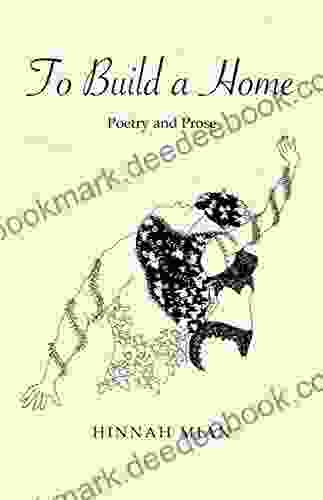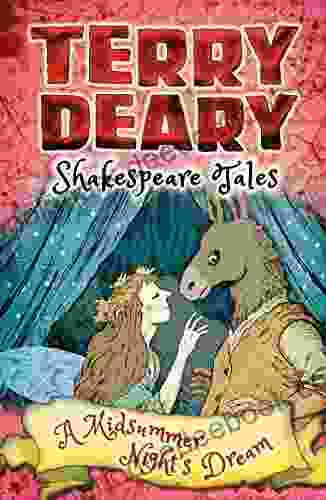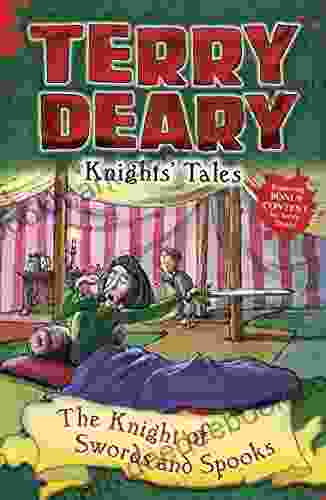To Build a Home: A Poetic and Prosaic Journey

4.8 out of 5
| Language | : | English |
| File size | : | 6556 KB |
| Text-to-Speech | : | Enabled |
| Screen Reader | : | Supported |
| Enhanced typesetting | : | Enabled |
| Print length | : | 154 pages |
| Lending | : | Enabled |
| Paperback | : | 77 pages |
| Item Weight | : | 7.2 ounces |
| Dimensions | : | 8.5 x 0.18 x 11 inches |
The concept of home evokes a myriad of emotions and associations. It is a place of shelter and refuge, a sanctuary where we feel safe and loved. It is also a source of identity and belonging, the foundation upon which we build our lives.
Poets and prose writers throughout history have explored the multifaceted nature of home in their works. From the physical structure itself to the emotional bonds it encompasses, literature offers a profound lens through which to examine the significance of this fundamental human experience.
The Physical Structure
The physical structure of a home is often the first thing that comes to mind when we think of this concept. It can be anything from a modest cottage to a grand mansion, a temporary shelter to a lifelong abode. In her poem "The House on Mango Street," Sandra Cisneros paints a vivid picture of a small, cramped house that holds both beauty and sadness:
The house on Mango Street is not a pretty house. It's small and red with peeling paint. But it's our house. It's the one place where we're safe.
For Cisneros, the house on Mango Street is more than just a physical structure. It is a symbol of resilience and belonging, a place where her family finds solace and stability amidst the challenges of their lives.
The Emotional Bonds
While the physical structure of a home is important, it is the emotional bonds that give it true meaning. Home is where we feel loved, supported, and accepted. It is where we can be ourselves, without judgment or fear.
In her essay "Home," Maya Angelou reflects on the significance of the emotional connections that make a house a home:
A house is built of bricks and beams. A home is built of love and dreams.
Angelou's words remind us that a home is more than just a physical space. It is the people who fill it with love and laughter, who make it a place where we truly belong.
The Sanctuary
Home is often seen as a sanctuary, a place where we can retreat from the outside world and find peace and solitude. It is a place where we can recharge our batteries and reconnect with ourselves.
In his poem "The Summer Day," Mary Oliver invites us to appreciate the simple pleasures of home and the sanctuary it provides:
Tell me, what is it you plan to do with your one wild and precious life?
Oliver's poem reminds us that home is not just a place to rest our heads. It is a place where we can explore our passions, pursue our dreams, and live life to the fullest.
The Refuge
For many, home is a place of refuge, a safe haven from the storms of life. It is a place where we can escape from danger, violence, or persecution.
In her novel "The Jungle," Upton Sinclair exposes the harsh realities of life for immigrants in the early 20th century. The novel follows the story of Jurgis Rudkus, a Lithuanian immigrant who struggles to find a decent home for his family amidst the squalor and poverty of Chicago's slums.
Sinclair's novel reminds us that for many people, home is a luxury that is not always accessible. It is a precious gift that should be cherished and protected.
The Source of Identity
Home is also a source of identity and belonging. It is the place where we learn who we are and where we come from. It is the place where we develop our values and beliefs, and where we form the relationships that shape our lives.
In her memoir "The Color Purple," Alice Walker explores the complex relationship between home and identity. The novel follows the story of Celie, a young African American woman who struggles to find her place in the world. Through her experiences, Celie comes to understand that home is not just a physical place, but also a state of mind and a sense of belonging.
The Foundation
Ultimately, home is the foundation upon which we build our lives. It is the place where we raise our families, pursue our careers, and make our mark on the world.
In his poem "The Road Not Taken," Robert Frost reflects on the choices we make in life and the impact they have on our future:
Two roads diverged in a yellow wood, And sorry I could not travel both And be one traveler, long I stood And looked down one as far as I could To where it bent in the undergrowth;
Frost's poem reminds us that the choices we make about our home have a profound impact on who we become. The home we choose, and the people we share it with, will shape our lives in countless ways.
To build a home is to create a place of love, safety, and belonging. It is to create a foundation upon which we can build our lives. Whether it is a modest cottage or a grand mansion, a temporary shelter or a lifelong abode, home is the place where we find our true selves.
As the poet Emily Dickinson wrote:
Hope is the thing with feathers That perches in the soul And sings the tune without the words And never stops at all
May we all find hope and solace in the homes we create, and may we cherish the precious gift of having a place to call home.
4.8 out of 5
| Language | : | English |
| File size | : | 6556 KB |
| Text-to-Speech | : | Enabled |
| Screen Reader | : | Supported |
| Enhanced typesetting | : | Enabled |
| Print length | : | 154 pages |
| Lending | : | Enabled |
| Paperback | : | 77 pages |
| Item Weight | : | 7.2 ounces |
| Dimensions | : | 8.5 x 0.18 x 11 inches |
Do you want to contribute by writing guest posts on this blog?
Please contact us and send us a resume of previous articles that you have written.
 Book
Book Text
Text Genre
Genre Library
Library Paperback
Paperback E-book
E-book Magazine
Magazine Shelf
Shelf Foreword
Foreword Preface
Preface Footnote
Footnote Scroll
Scroll Codex
Codex Bestseller
Bestseller Classics
Classics Library card
Library card Biography
Biography Autobiography
Autobiography Dictionary
Dictionary Narrator
Narrator Character
Character Librarian
Librarian Catalog
Catalog Borrowing
Borrowing Stacks
Stacks Periodicals
Periodicals Study
Study Research
Research Scholarly
Scholarly Reserve
Reserve Academic
Academic Journals
Journals Rare Books
Rare Books Special Collections
Special Collections Interlibrary
Interlibrary Dissertation
Dissertation Storytelling
Storytelling Book Club
Book Club Theory
Theory Textbooks
Textbooks Lawrence Mcfadden
Lawrence Mcfadden Arnet Johnson
Arnet Johnson Laurren Schmoyer
Laurren Schmoyer Jeremy Europe
Jeremy Europe Jonny Garrett
Jonny Garrett Charles Reasoner
Charles Reasoner Hoi K Suen
Hoi K Suen Jennifer Palmieri
Jennifer Palmieri Yasmin Akhtar
Yasmin Akhtar Larry P Arnn
Larry P Arnn Brit W Anders
Brit W Anders Michelle Rawlins
Michelle Rawlins Nathan Joyce
Nathan Joyce Jason Cochran
Jason Cochran Paul Stenning
Paul Stenning Yoshifumi Muroi
Yoshifumi Muroi J J Guerrero
J J Guerrero K N Chimbiri
K N Chimbiri C Frederic John
C Frederic John Jeff Crippen
Jeff Crippen
Light bulbAdvertise smarter! Our strategic ad space ensures maximum exposure. Reserve your spot today!
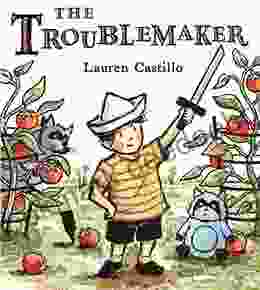
 Douglas FosterUnveiling the Enigmatic Troublemaker: Lauren Castillo's Controversial Odyssey
Douglas FosterUnveiling the Enigmatic Troublemaker: Lauren Castillo's Controversial Odyssey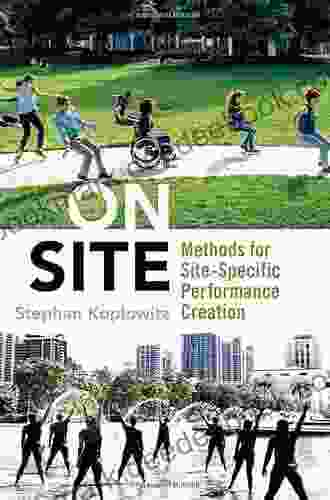
 Jorge Luis BorgesOn-Site Methods for Site-Specific Performance Creation: Unlocking the Power...
Jorge Luis BorgesOn-Site Methods for Site-Specific Performance Creation: Unlocking the Power...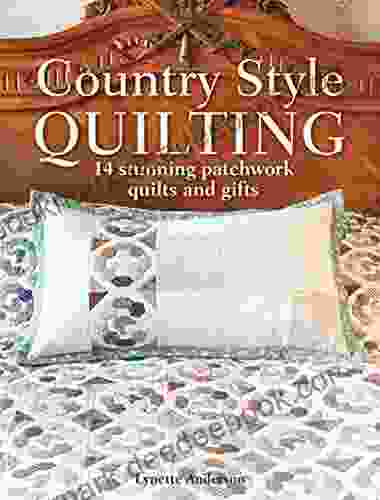
 Colin RichardsonCountry Style Quilting: 14 Stunning Patchwork Quilts and Gifts That Celebrate...
Colin RichardsonCountry Style Quilting: 14 Stunning Patchwork Quilts and Gifts That Celebrate... Duncan CoxFollow ·15.9k
Duncan CoxFollow ·15.9k Douglas FosterFollow ·14k
Douglas FosterFollow ·14k Jayden CoxFollow ·15.9k
Jayden CoxFollow ·15.9k Kyle PowellFollow ·13.6k
Kyle PowellFollow ·13.6k Chase SimmonsFollow ·13.2k
Chase SimmonsFollow ·13.2k Fredrick CoxFollow ·16.8k
Fredrick CoxFollow ·16.8k Aubrey BlairFollow ·13k
Aubrey BlairFollow ·13k Jacob FosterFollow ·15.1k
Jacob FosterFollow ·15.1k
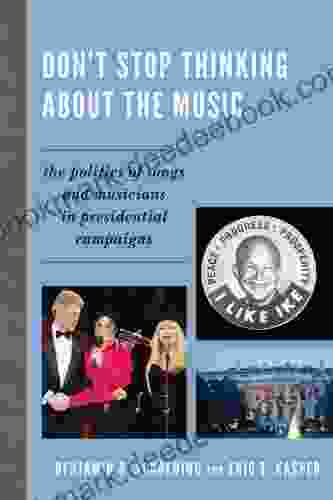
 Oscar Wilde
Oscar WildeDon't Stop Thinking About the Music: Exploring the Power...
Music is an...

 Floyd Richardson
Floyd RichardsonSnowman Story Problems Math With Santa And Friends
It's a cold winter day, and...
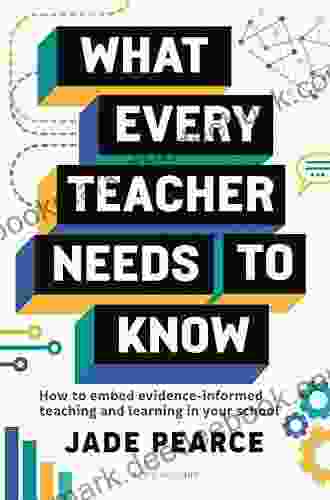
 W. Somerset Maugham
W. Somerset MaughamWhat Every Classroom Teacher Needs To Know: A...
Teaching is a challenging...
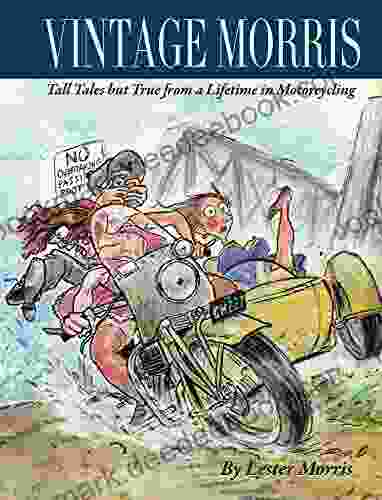
 Edgar Cox
Edgar CoxTall Tales But True: A Lifetime of Motorcycling...
I've been riding motorcycles for over 50...
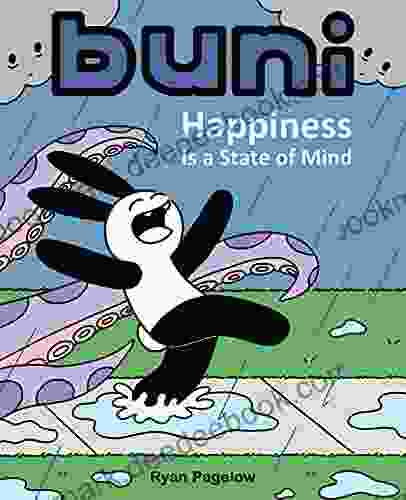
 Chinua Achebe
Chinua AchebeBuni: Happiness Is a State of Mind
Buni is a beautiful...
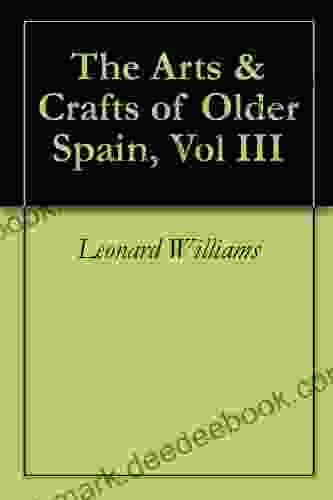
 Herman Melville
Herman MelvilleThe Arts and Crafts of Older Spain: Embodying the Essence...
In the heart of the Iberian...
4.8 out of 5
| Language | : | English |
| File size | : | 6556 KB |
| Text-to-Speech | : | Enabled |
| Screen Reader | : | Supported |
| Enhanced typesetting | : | Enabled |
| Print length | : | 154 pages |
| Lending | : | Enabled |
| Paperback | : | 77 pages |
| Item Weight | : | 7.2 ounces |
| Dimensions | : | 8.5 x 0.18 x 11 inches |


